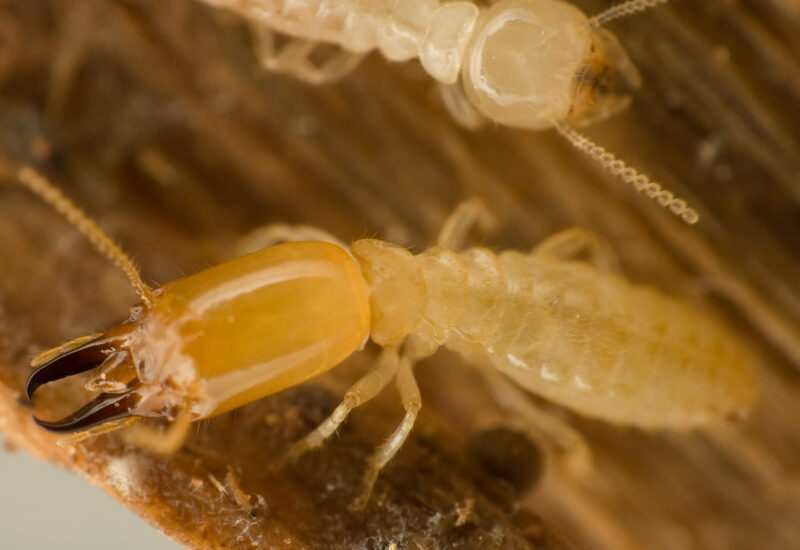Humane Raccoon Trapping & Removal
How Professional Wildlife Control Professionals Remove Raccoons Humanely
If you’re anything like me, you cringe at the thought of animals sneaking into your attic. It’s intrusive and, even more so, the creaking noises they make can cause anyone to feel like they’re in the middle of a spooky horror movie. The bright side in all of this is that there’s usually always a way to remove the problem and, just as importantly, it can typically be done in a humane manner by our pest control technicians.
A wildlife trapper’s goal should never be to kill the animals that they trap, but remove them safely and bring them back to their natural habitat, miles away from residential properties. It should always be a trapper’s priority to solve each problem as humanely as possible and, in the following case, it was very important to follow the very best practices for humane raccoon removal.
Baby Raccoons Add Additional Hurtles
A new customer called us after hearing noises in the attic crawl space of their home. As with all new clients, we sent out one of our state certified inspectors to assess the situation. During the inspection it was clear that a mother raccoon and her young pups, approximately a week old, had moved into the customer’s home. The babies’ eyes weren’t fully open and they were still nursing. The inspector discussed the course of action with our wildlife trapper and the customer. Before service could begin there were a few important points to make.
- Because the babies were so young, they wouldn’t be able to survive if we trapped and removed them separately from their mom.
- The mom would abandon her babies if we trapped and released her into the woods separately from her babies.
- The mom would abandon her babies if we handled them too much during the trapping process.
Rehabilitation Centers Help Raccoons Succeed Back in the Wild
The decision was made to trap and remove the mom and babies at the same time. We also found a New York State rehabilitation center carrying a Rabies Vector Species license that would take the animals. The facility offered protection for the raccoons while allowing them to experience the outdoors. This way, the mom could continue to nurse her young and teach them how to forage for food. The raccoon family now had a great chance of succeeding in the wild and the customer could go back to living without any wildlife nesting in their crawl space.
Have you ever experienced wildlife living in your home? If so, what actions did you take?






